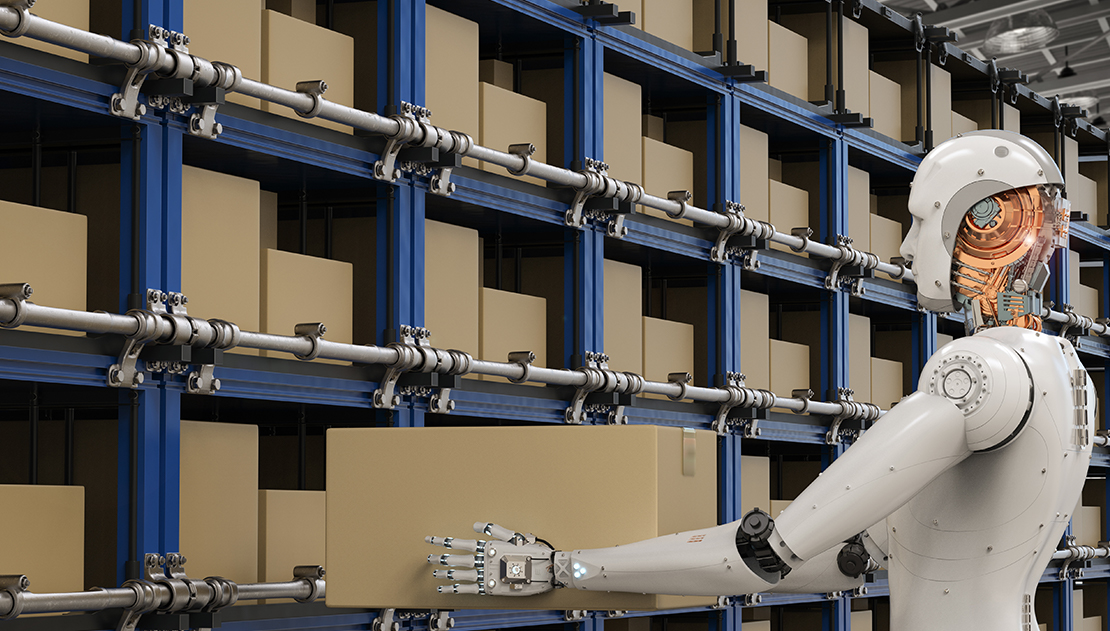Continuous delivery comes from the world of internet and cloud services but if you think it is going to only stay there, you need to think again. Continuous delivery is changing the embedded systems scene dramatically. Here you can learn how continuous delivery is transforming the embedded systems development.
From integration to deployment
Continuous delivery incorporates three different practices. First, we have continuous integration,a development practice that breaks down a feature into its smallest possible parts and integrate those daily with everyone else work.
The second development practice is continuous delivery itself. This practice automatically evaluates the integrated parts of features for release. With continuous delivery, every release is no longer a painful process, but a simple business decision. A business decision you may make however often or seldom your business needs.
Finally, the third practice is continuous deployment. This business practice automates business decisions on releasing products that emerge from R&D. Continuous deployment is often out of embedded systems scope, but gains from the first two practices can still be massive.
Minimizing Time to Market
Continuous delivery gives you the freedom to release when it is most suitable for your business. This means that you can minimize time to market, beat your competitors on the market, and maximize cash flow.
This newfound responsiveness and flexibility helps you outlearn competitors by rapid experimentation which simply isn’t possible on a bi-yearly release schedule.
Learn more about continuous delivery
Continuous delivery significantly improves your business in embedded systems development, but there are also some challenges you have to be aware about. You need to consider how it affects your R&D in terms of scale, architecture, hardware dependence, system field upgrades, testability, sales model, and even customer willingness to upgrade. While some challenges might be harder to tackle, there are known best practices how to work with the challenges in continuous delivery.
This article was also published on Transforming Embedded here. If you want to learn more about this topic, start by downloading the report “Continuous delivery for Embedded Systems – how to get started” and you will get an email notice when there’s more on this subject.






